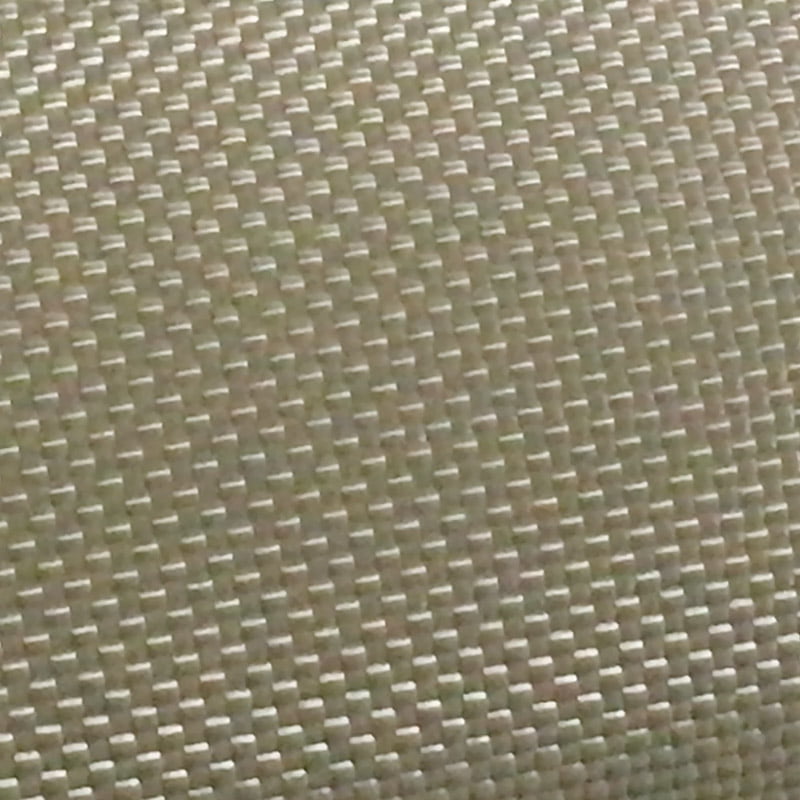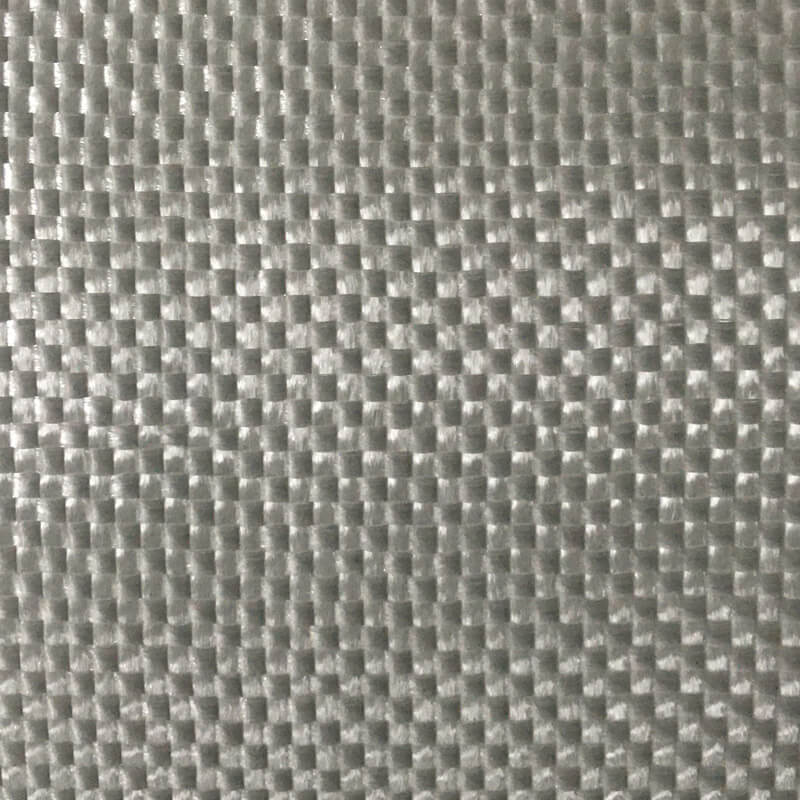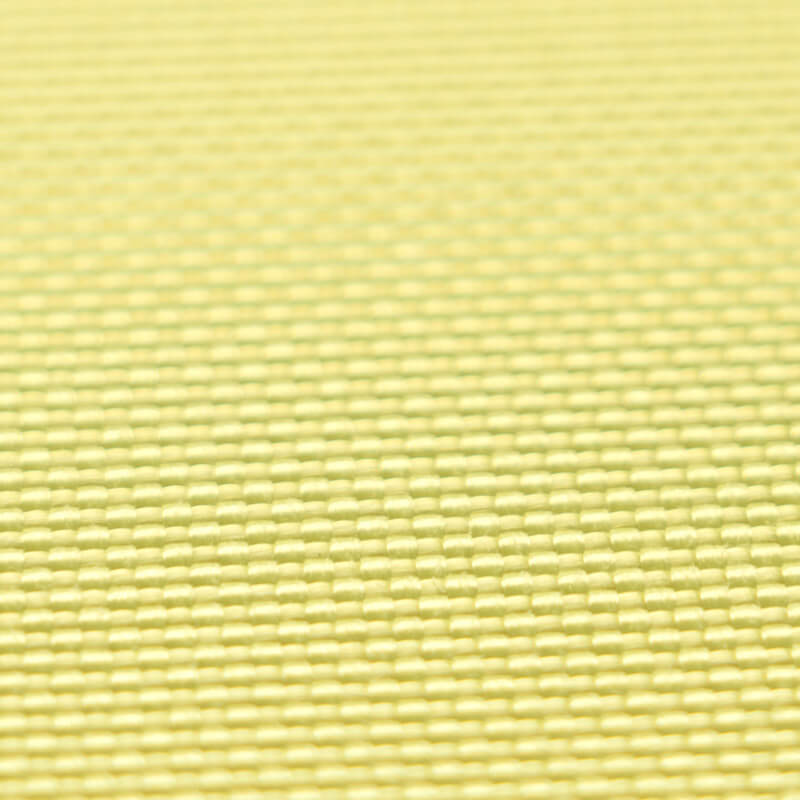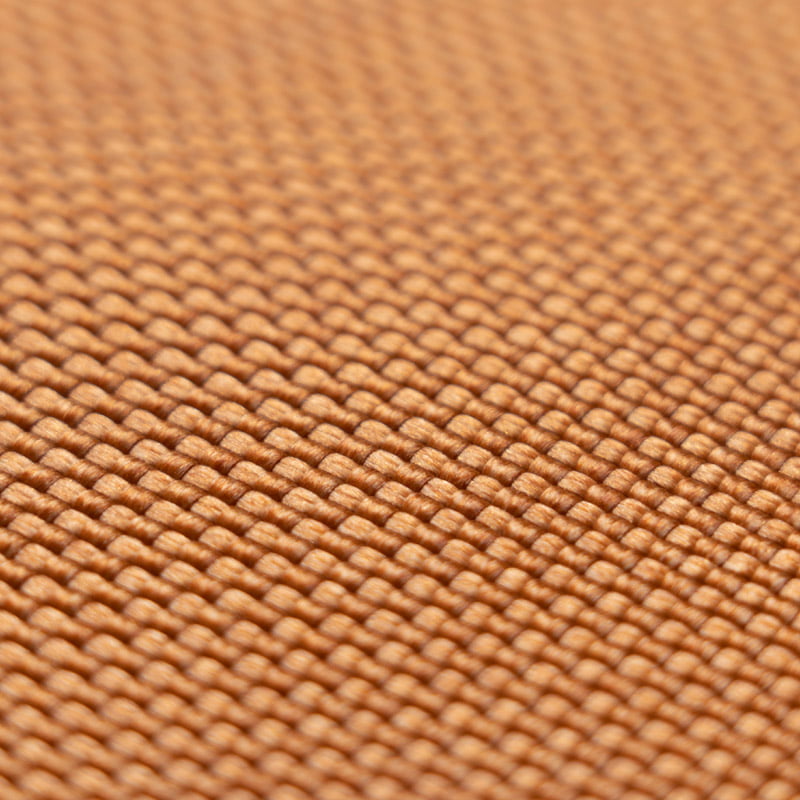We offer a comprehensive range of treatments for adhesion of aramid, glass, nylon, polyester, silica and ceramic fabric to peroxide curing rubbers – the most common of which are silicone VMQ rubber and peroxide EPDM.
All our treatments are water based and replace traditional solvent systems. Our water based specifications give excellent adhesion and have a long shelf life for easy factory storage. Compotex applies the treatment on to the textile and our customers calender or lay up the textile with the peroxide curing rubber.
We use many different peroxide technologies, including silane technology, and match fabric and rubber specifications to the peroxide bonding needed. At its best, the adhesion strength of our peroxide treatments are stronger than the breaking strength of the rubber, so the peroxide bond is not the weak point in the manufactured part.
We have more information here for adhesion to the sulphur curing rubbers and our RFL bonding systems.
Here are some examples of the range of peroxide bonding Compotex do.


Silane dipped fabric
Silane treatments – including the Momentive Silquest A174NT – give excellent adhesion to meta-aramids and nylon. Silane treatments can also be used with polyester, glass, ceramic and silica fabrics. The silane solution is carefully prepared and used quickly due to its short shelf life. The finished silane dipped fabric is fully stable with a long shelf life.
Silane bonding is water resistant and gives an excellent bond strength in wet conditions.
Silane treatments can be used in many product applications, but the silane technology is particularly good for meta-aramid and nylon fabric bonding to peroxide curing silicone rubber. One of the most common applications is high temperature silicone hoses, where the meta-aramid fabric provides the strength, the fire resistance and the high temperature performance.
Silanes can also be used for polyester and glass adhesion to silicone rubber. For this combination, customers have a choice between two Compotex bonding solutions, the silane technology and the Compotex PS technology.
Nylon, polyester and para-aramid fabric for Peroxide EPDM
We offer a special treatment for nylon, polyester and para-aramid fabric for adhesion to peroxide EPDM.
The chemistry is water based and is especially relevant for companies wanting to move away from solvents.
EPDM is particularly difficult to bond to on account of its chemical inactivity. Compotex has the answers. For polyester and para-aramid, the process involves a preparation dip followed by a top dip coat.
| Fabric | Rubber | Compotex Specification |
|---|---|---|
| Nylon | peroxide EPDM | R520-18 |
| Polyester | peroxide EPDM | PG02 R520-18G |
| Para-Aramid | peroxide EPDM | PG01 R520-18 |

Polyester and Glass to Silicone Rubber
Compotex has been a pioneer in the development of water-based alternatives to solvent priming for silicone VMQ rubber, and we have developed and improved our priming technology over the last 20 years.
To reinforce silicone VMQ rubber compounds it is common to use polyester or glass fabrics. We recommend the Compotex PS bonding system. The primed fabric has a long shelf life of at least one year, and is easy to use. Silane bonding can also be used.
Used for airframe seals and in other silicone rubber parts, the PS peroxide technology is successfully used on polyester, glass, silica and ceramic fabrics. The peroxide dipped fabric is then calendered or coated with silicone rubber. On curing, a chemical bond is formed between the fabric and the rubber, making a strong composite part.
The PS system is not recommended for meta-aramid or nylon fabrics – in this case we would recommend silane dipped fabric.
| Woven and Knitted Fabrics | Rubber | Compotex Specification |
|---|---|---|
| Glass, Silica, Ceramic and Polyester | peroxide Silicone | PS15 |
Other peroxide curing rubber
The chemistry for peroxide silicone and peroxide EPDM can be used for other rubber compounds, for example peroxide FKM and NBR.
In these cases, a development project will need to be discussed. We will ask for some of your rubber compound. We will then test your compound with our specifications.
This bonding technology opens up new possibilities for our customers. Solvent coating has traditionally been used for bonding to these rubber compounds. This new bonding technology gives companies the option to move away from solvents.
The Compotex fabrics have a long shelf life, commonly 12 months, and provides new opportunities in the manufacture of specialist peroxide curing rubber parts.



